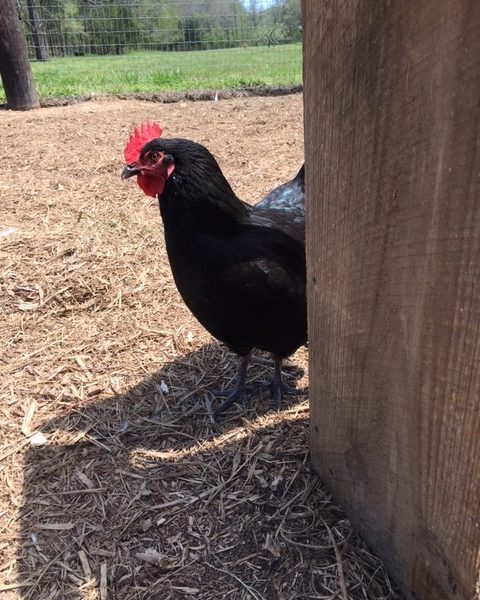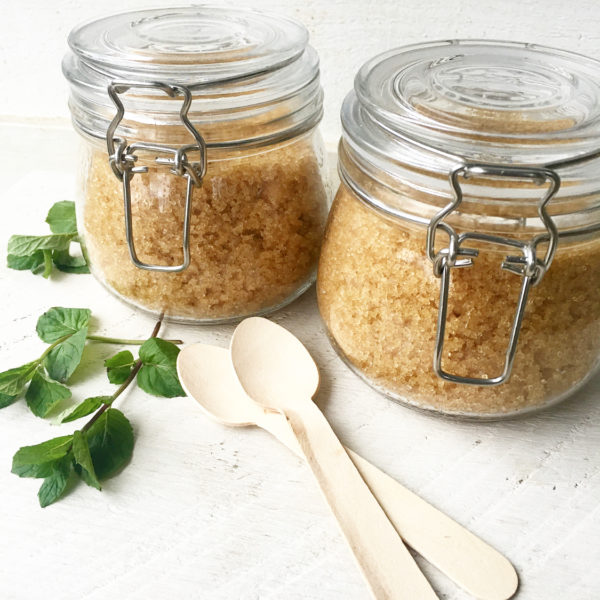
Love how this bread in a pot turned out. Recipe and a delicious companion recipe coming soon. (smile)
These days, it’s not uncommon to hear about someone we know, who knows someone, who knows someone who has been affected by Gluten Intolerance, Gluten Sensitivity, or Celiac Disease (there is a difference). Believe it or not, there was a day when these health issues weren’t widely spread or even heard of. I can actually remember the first time that I heard the term “auto immune” disease and I remember wondering, “What is that?” The same rings true about other diseases that have become prevalent. Such as cancer, diabetes, obesity, autism, hashimoto’s, anxiety and depression, PCOS, migraines, sleep disorders, etc. It seems like they are coming up with a new diagnosis and names for new diseases every day.
What changed? When did these health issues become more common place? And does the rise in these diseases have a common denominator and should we be concerned? These are questions that I honestly have been asking myself and wondering about for years. There has to be a reason! There has to be something that we are missing? This is one of many important lessons learned in my holistic health coaching practice. I teach clients how to be their own “health detectives.” They learn how to be more in tune with the basic workings of their individual body’s needs. They learn how to ask the right questions and how to dig deeper into the nuts and bolts of WHY they are feeling the way that they do and WHAT their natural options are for finally addressing the ROOT cause of their health issues and struggles and finally get to feeling their best.
There are some who truly suffer and have valid medical reasons for eschewing gluten and there are some folks who go Gluten-Free (GF) because they hear that it is a “healthier” choice, but before you set off on the GF lifestyle road, there are some important elements that should be considered before diving in. Read on to see some interesting facts about this multi-million dollar industry that is predicted to not slow down any time soon. Please keep in mind that my intentions are to raise awareness and to educate my readers about facts that “should” be a part of their health decision making process.
There are real health benefits for going GF, but if you choose to adopt this lifestyle, do it wisely. Some “experts” suggest that for those who do not need to adopt a GF lifestyle due to medical reasons, are putting themselves at more risk and may not benefit as much as they believe. That is largely due to the fact that traditional whole grains (with gluten) naturally offer a good source of fiber, vitamins and minerals while GF products are typically made with refined grains and are often devoid of the vitamins and minerals our body needs to function properly. No matter what “diet” you adopt (and there are LOTS of them to choose from), choosing a variety of whole foods that offer the most nutrient-dense vitamins and minerals are always going to be the BEST choice. It is possible to eat healthier without consuming large amounts of GF or non-GF processed “foods.”
Before reaching for those Gluten-Free products with their alluring marketing tactics, consider this…
- The wheat we know today is not the same wheat as our ancestors grew. Somewhere in the 1950’s scientist modified (cross-breeding methods) the strains so that the crops would be shorter and “better” growing crops. By doing so, they have developed 25,000 different types of wheat today and many carrying their own health risks.
- Studies have shown that gluten intolerance has increased and is four times more common today than that of the 1950’s. (refer back to fact #1)
- Processed GF foods are high in calories. This is counterproductive for someone who is already dealing with weight issues caused by inflammation and insulin resistance issues.
- The substitute grains used for GF products are more often found to be low in important nutrients, like iron, folate, calcium, thiamine, niacin, B12, phosphorus, zinc and riboflavin. Vitamin deficiencies can cause other health risks and factors, to include toxicity build up due to congestion in our elimination pathways.
- They can often contain unhealthy sugars which can lead to unwanted weight gain.
- They substitute with “bad or junk” carbs like tapioca starch, corn starch, potato starch, or rice starch with a higher glycemic index.
- They don’t offer enough fiber which not only can cause a feeling of being hungry not too long after eating. Which then causes excessive snacking. A healthy amount of fiber is required to stay regular and keep your elimination and detoxification systems working optimally. Read about the importance of giving our detoxification the TLC it deserves here.
- GF products can be expensive and double the price of its counterparts.
- If adopting the GF diet, make sure that you are eating whole foods that are rich in vitamins and nutrients.
- Whatever diet you choose, consider filling in the gaps with natural plant-based supplements, but be aware that not all supplements (to include probiotics, omegas, and multi-vitamins) are created equal.
If you have found this post or any of my natural health wellness posts helpful or informative, be sure to subscribe to be the first to hear about my latest posts and please share with a friend.
Until next time, remember knowledge is power and learning more about how to be proactive in the choices we make for ourselves and our families is PRICELESS.
Isaiah 26:3-4
Disclaimer: The health and wellness posts shared here on GracefullyHome.com are not intended to diagnose, treat, prevent or cure any illness or disease. The information provided on this blog is for general educational purposes, has not been reviewed nor approved by the FDA and is not intended to take the place of advice from your medical professional, licensed dietician or nutritionist.
You are solely responsible for your health care and activity choices. Use of any of the recommendations or helpful tools and tips on the GracefullyHome.com blog does not constitute a client-coach relationship.





Such great information that you are sharing, Genevieve. What type of bread is this in your post? We pretty much stay away from all wheat products, but would love a healthy bread once in a while. ❤️
Hi Leigh, thanks so much for visiting my blog. This easy family favorite is not gluten-free, but I have been wanting to explore making an even healthier version of this recipe with some homemade sprouted flour. I’ll definitely share when I get it perfected. (wink)